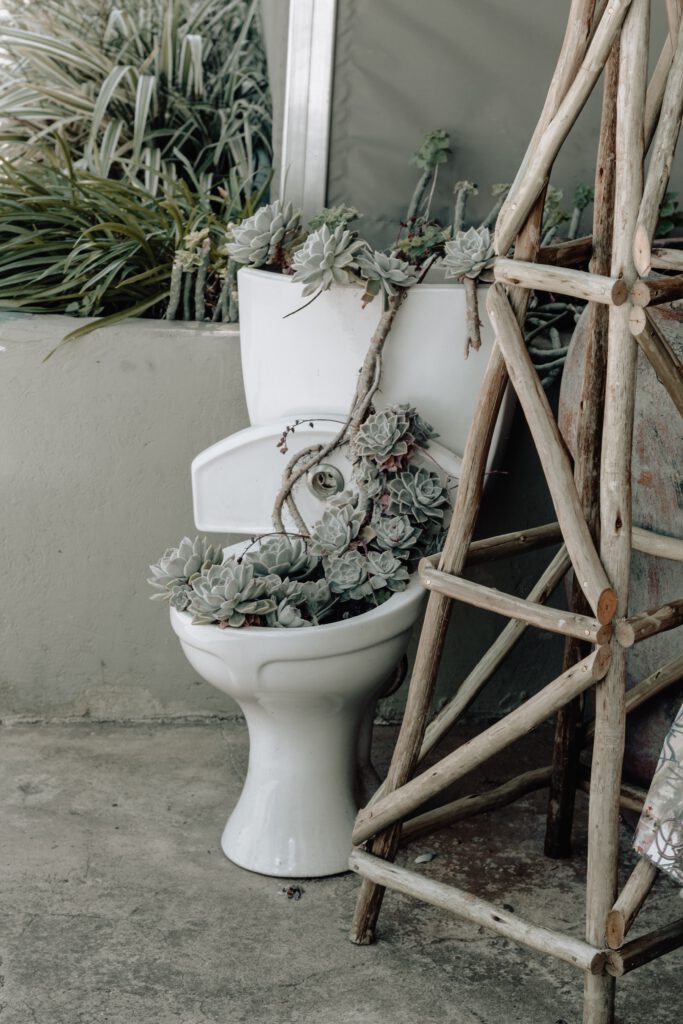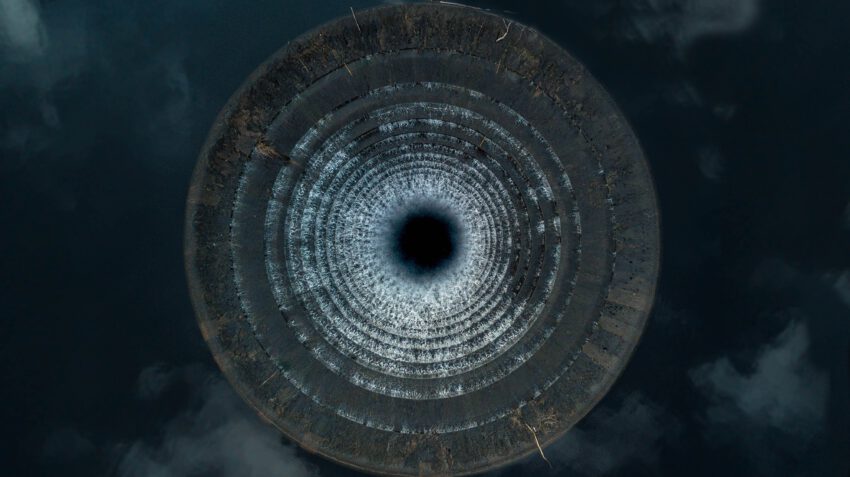Hello friends!
This month I have a very small and and silly challenge for you. I figured, last month’s challenge is a big one, so this month I’ll give you a really simple one.
This month I challenge you to save water with your bathroom habits.
Yes, it is a very weird one and the more private people among you may have strong reservations about it. But hear me out.
Think about how much water fits into that tank above your toilet. Think about how often you use the bathroom in a day. In most households, fresh, clean water is pumped into the toilet tanks and there is no built in regulator to limit the amount of flushing water. Your bladder holds about 700 to 1500ml (24-50 fl oz) water. And most of the time you go, its not filled to the maximum. And then you use 6 to 9 litres (1.5 – 2.4 gallons) to flush it down.
What if you peed in the shower while you’re in there anyway? From a hygienic perspective there is nothing wrong with it. Urine is still today used to treat skin conditions (although today the commercial ingredient is made synthetically). That would be one flush less for every shower.
What if, as is considered the polite thing to do in many drought-prone areas, you follow the motto “if its yellow, let it mellow, if its brown, flush it down”?
What if you have one of those old fashioned toilets where you can take the lid off the tank and put a brick inside? The brick displaces water in the tank and effectively makes the capacity smaller. Then, less water is used per flush.
If you are into building or renovating houses and want to make them eco-friendlier, look into “grey water”. Grey water is a concept where slightly soiled water such as from the shower drain, washing machine and sinks around the house is not directed into the sewage, but first collected in a grey water tank. Here the water is filtered and reused for toilet flushing and possibly the garden hose.

*Title image by Matthew Feeney; toilet image by Sincerely Media

